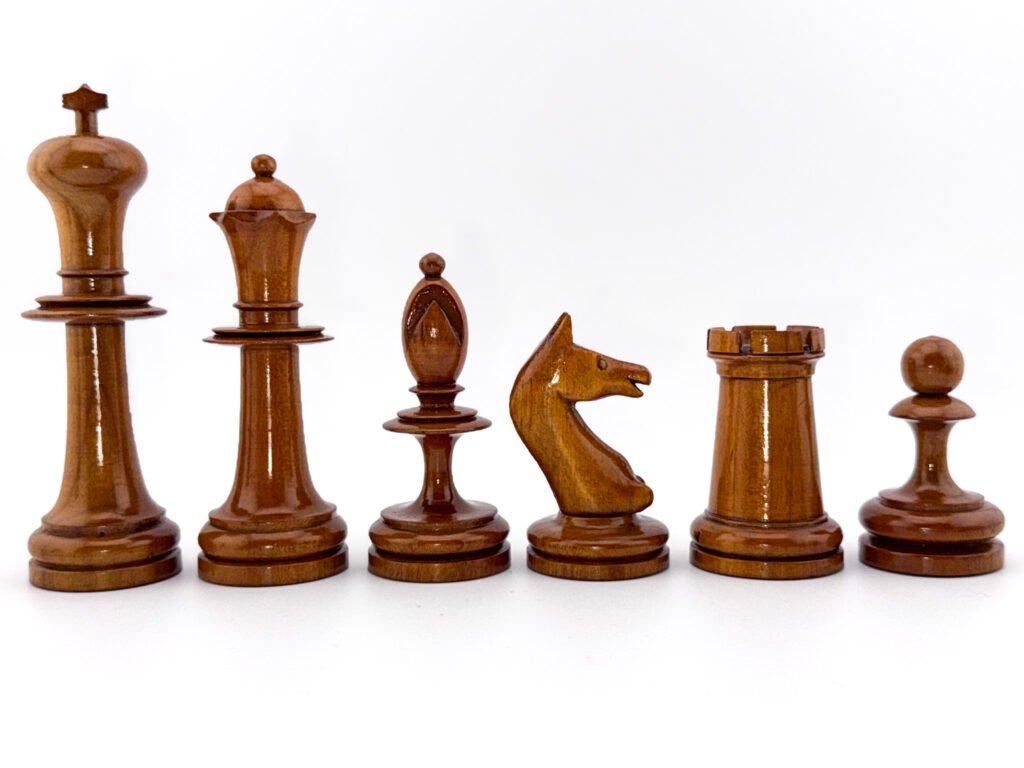The 1890-1900 German “Onion Top” Chess Set by “?”.
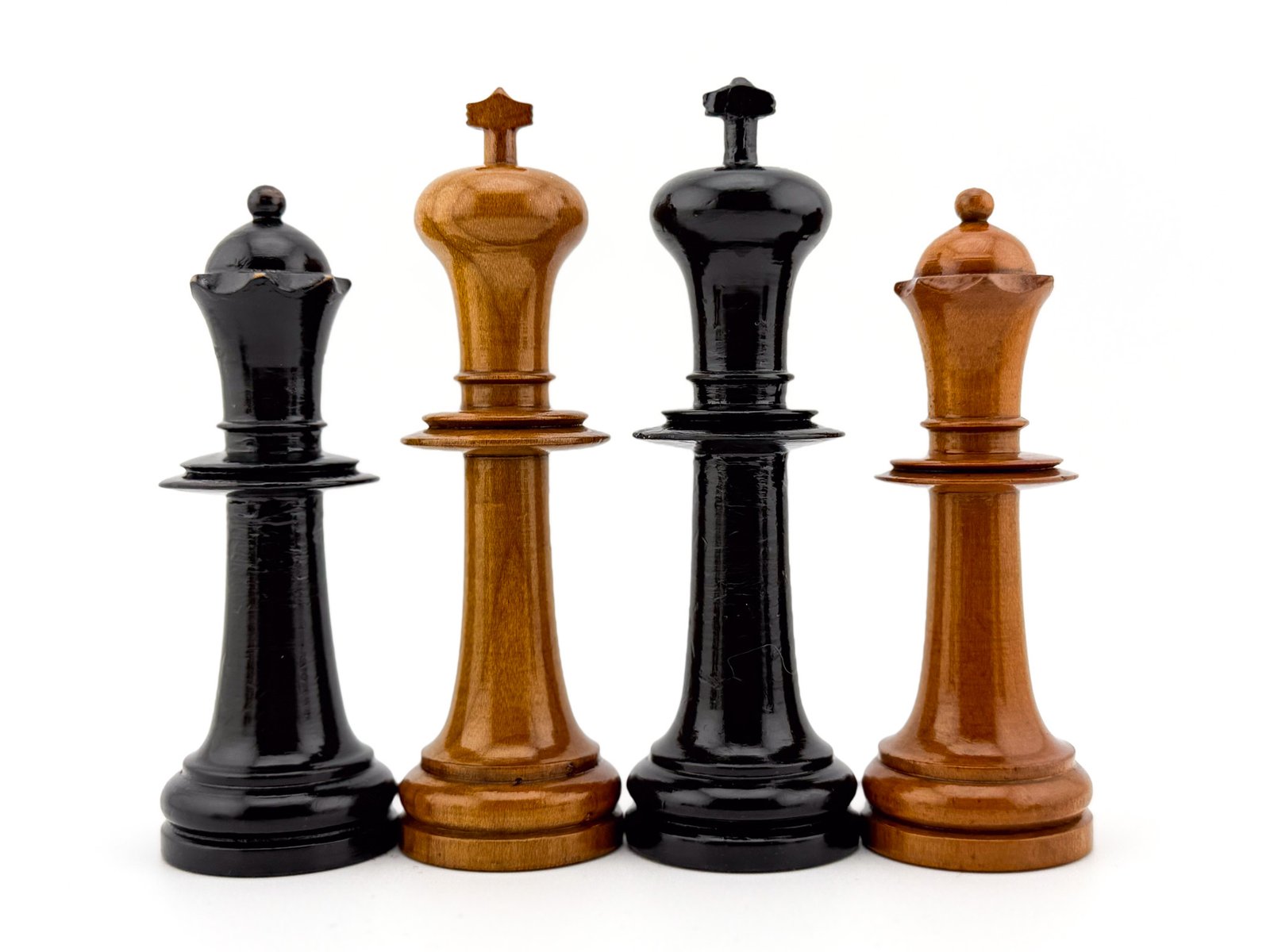
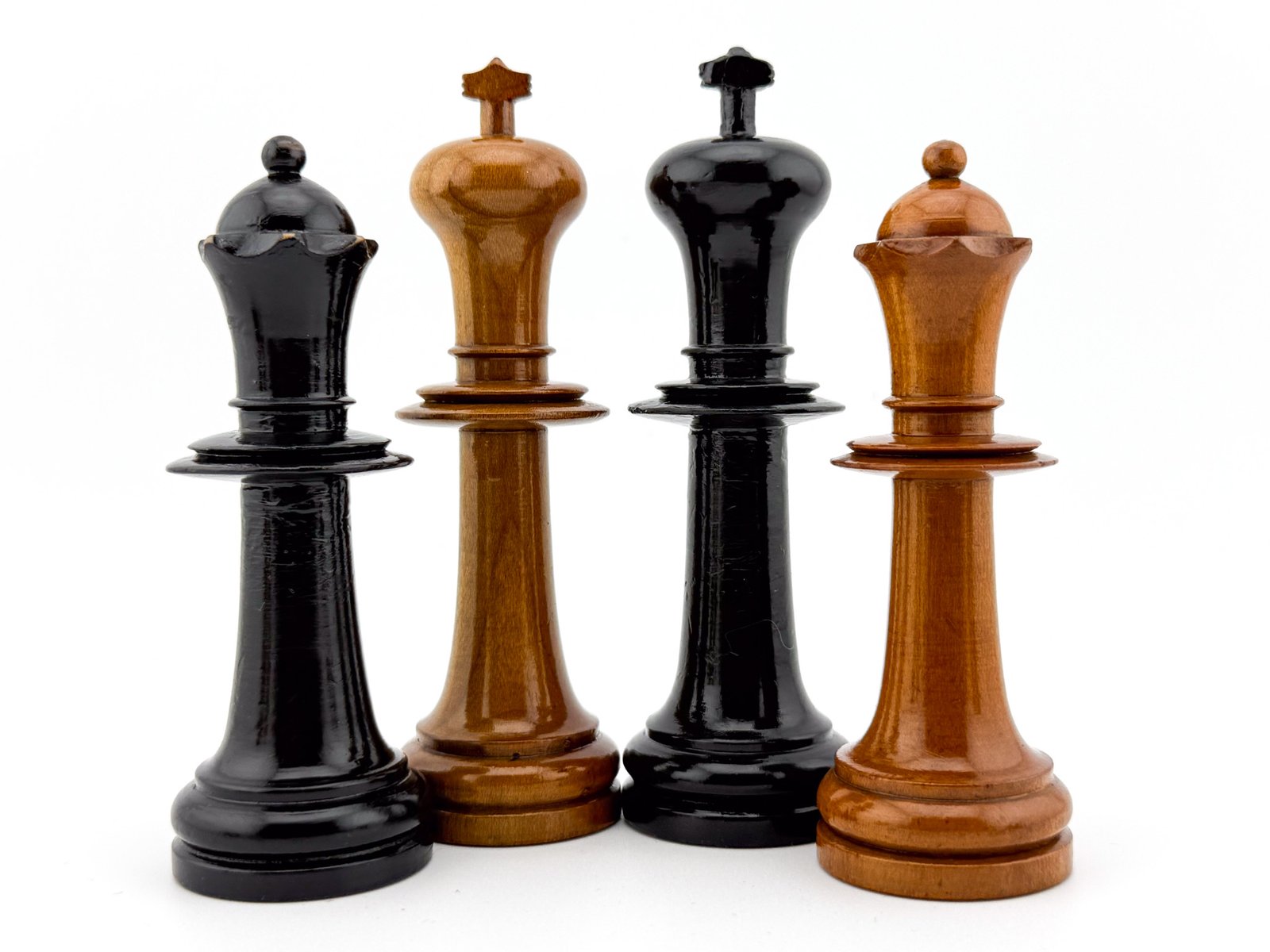
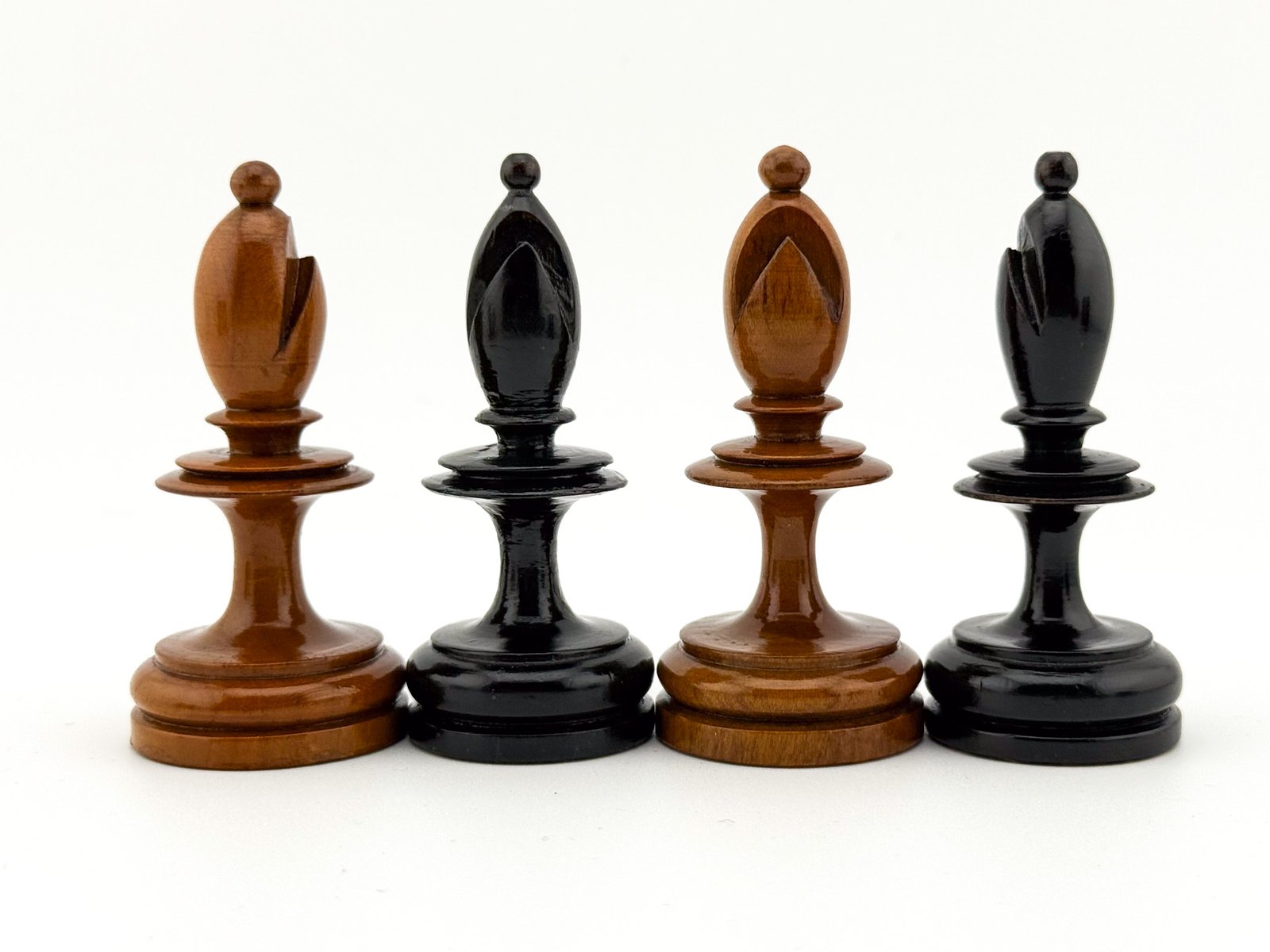

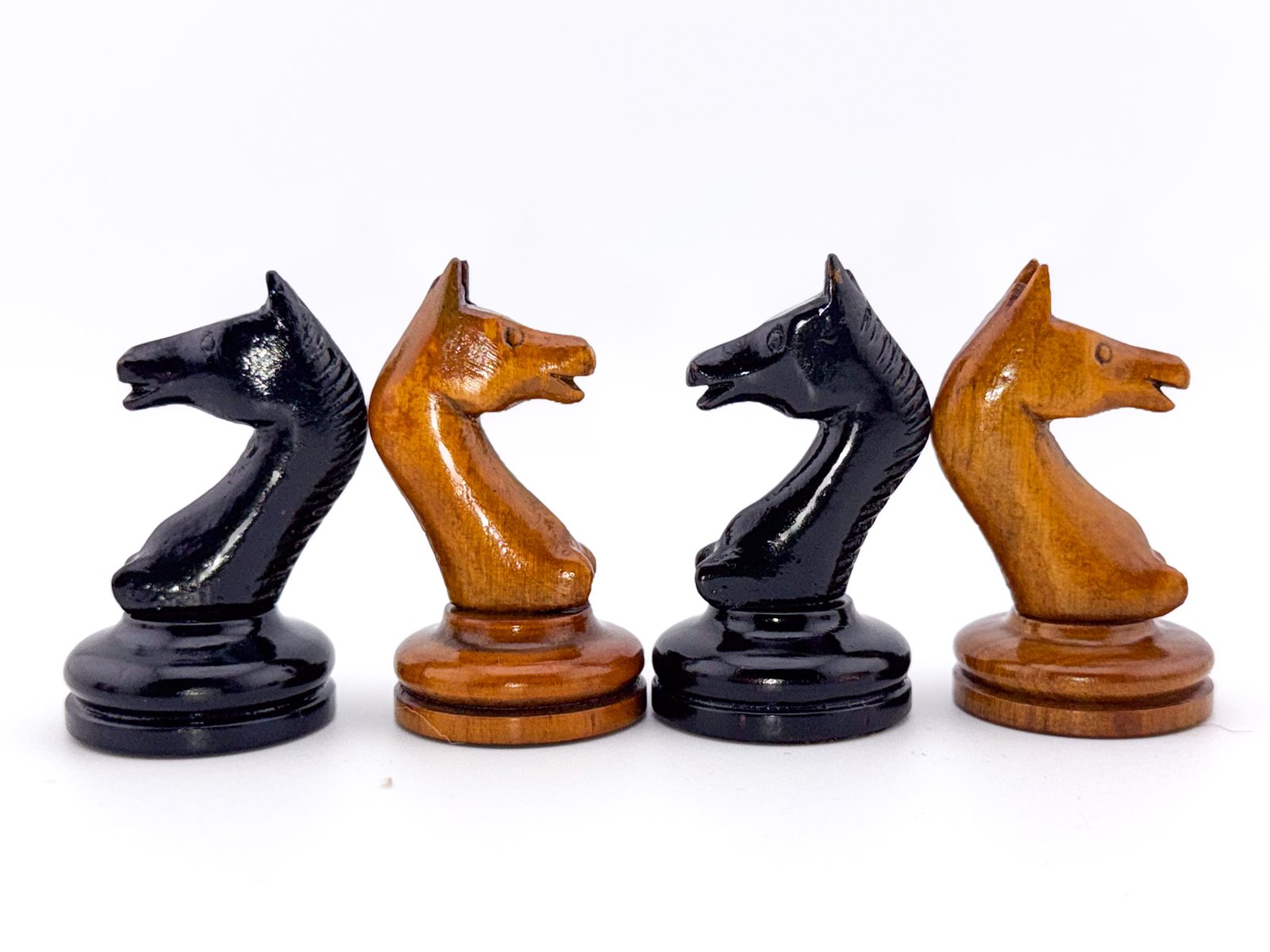

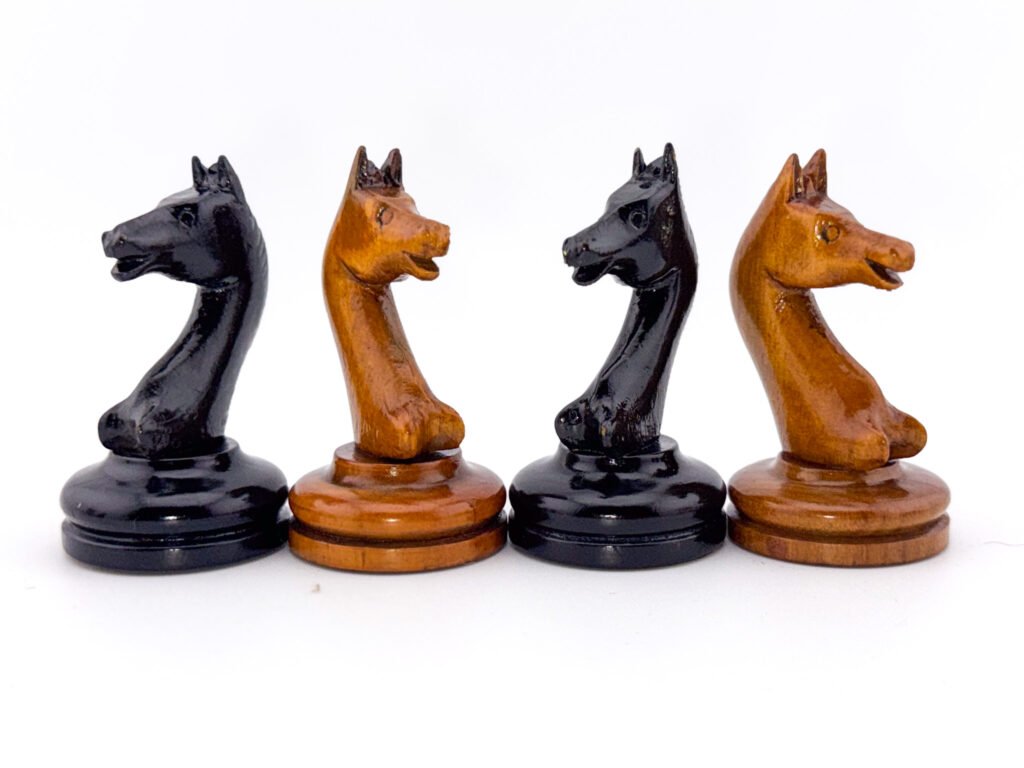
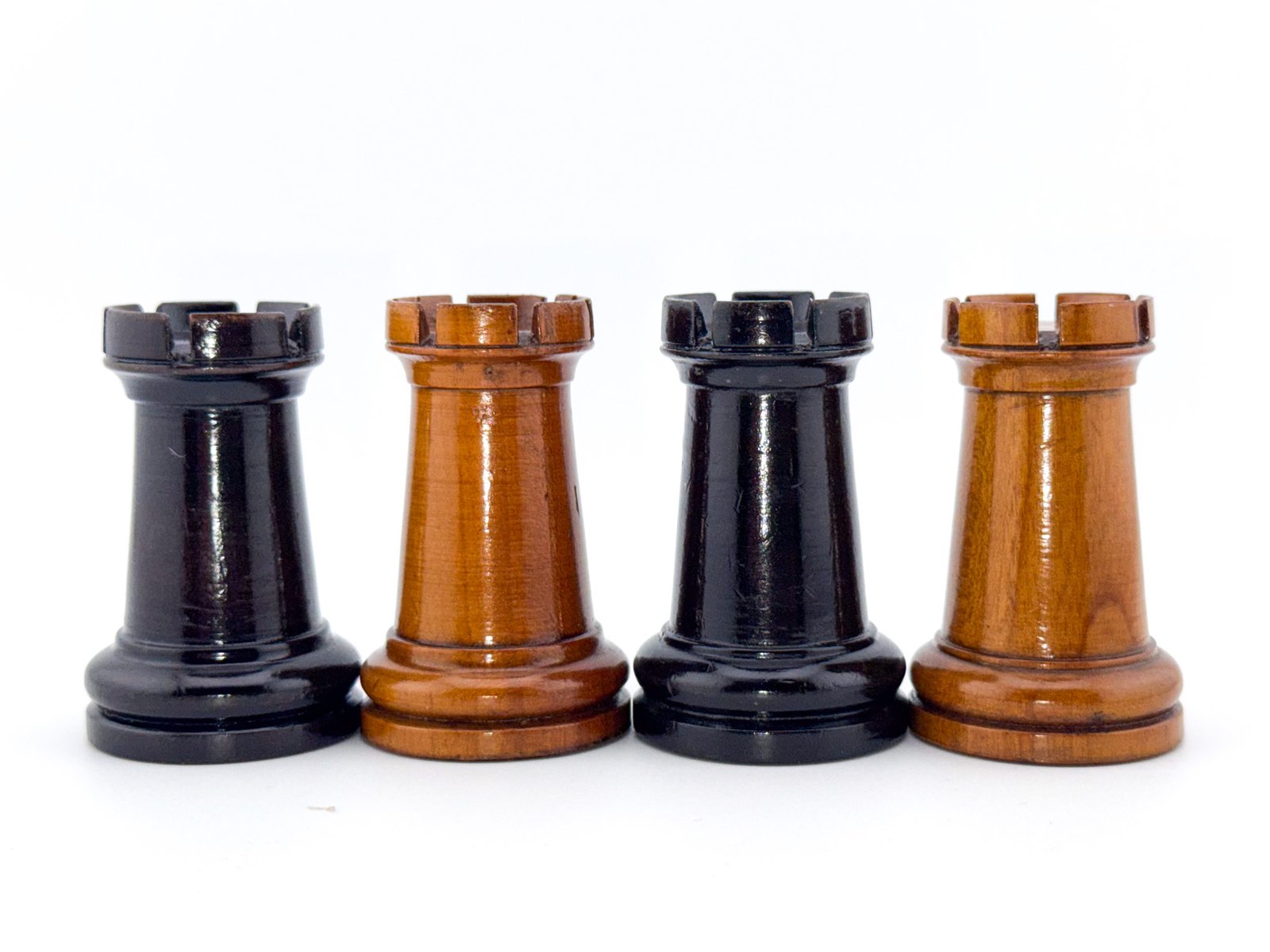
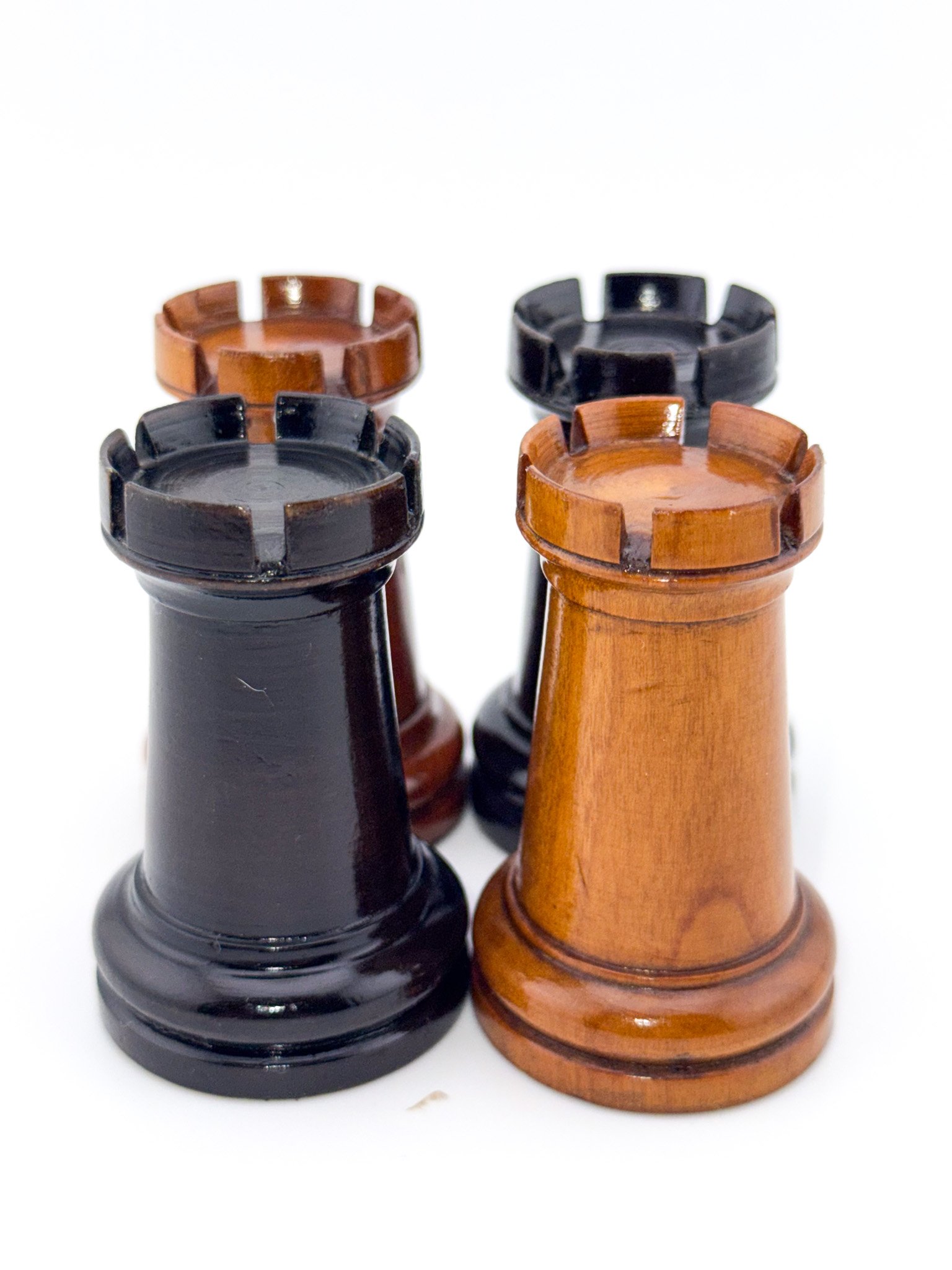

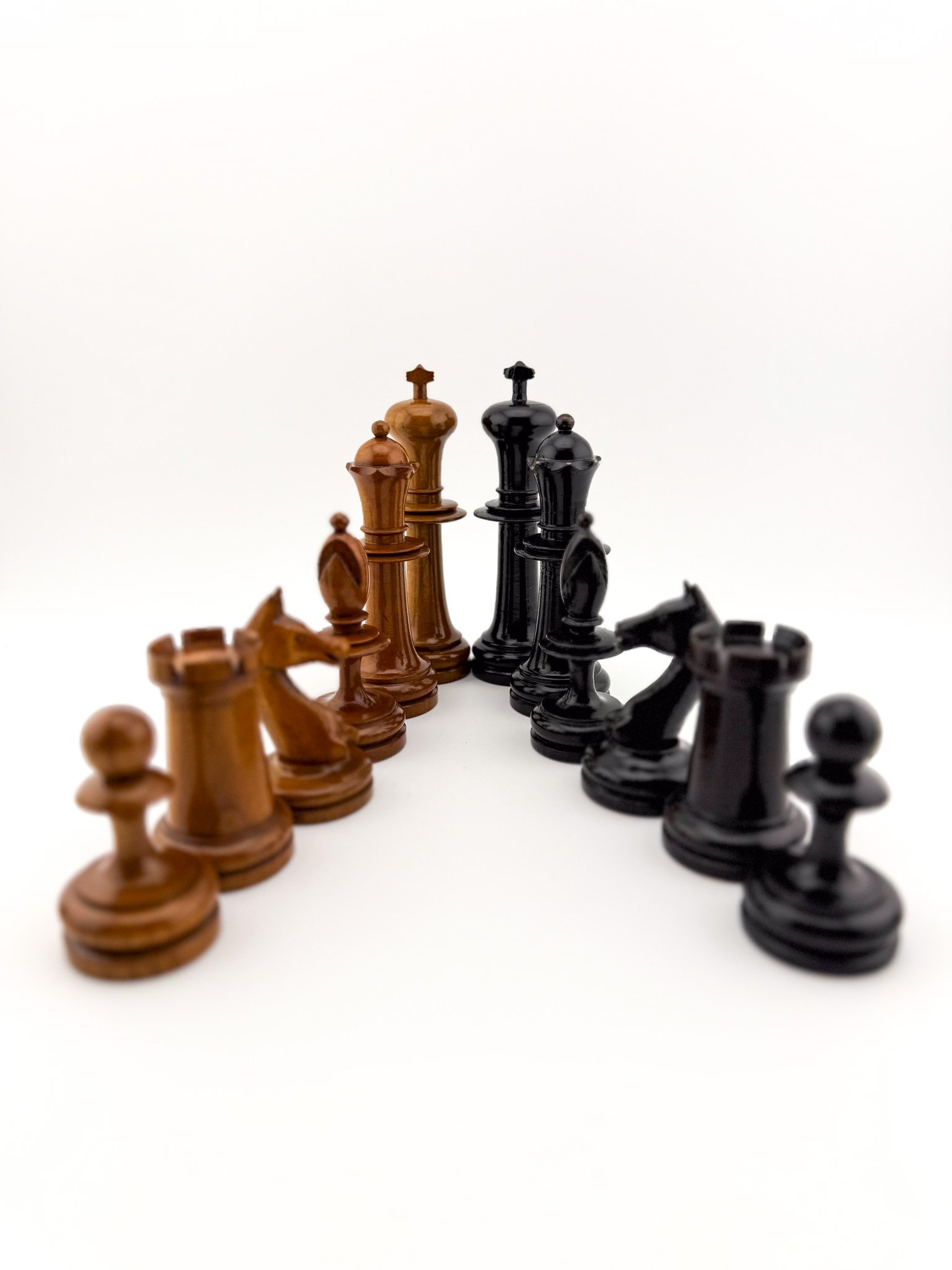

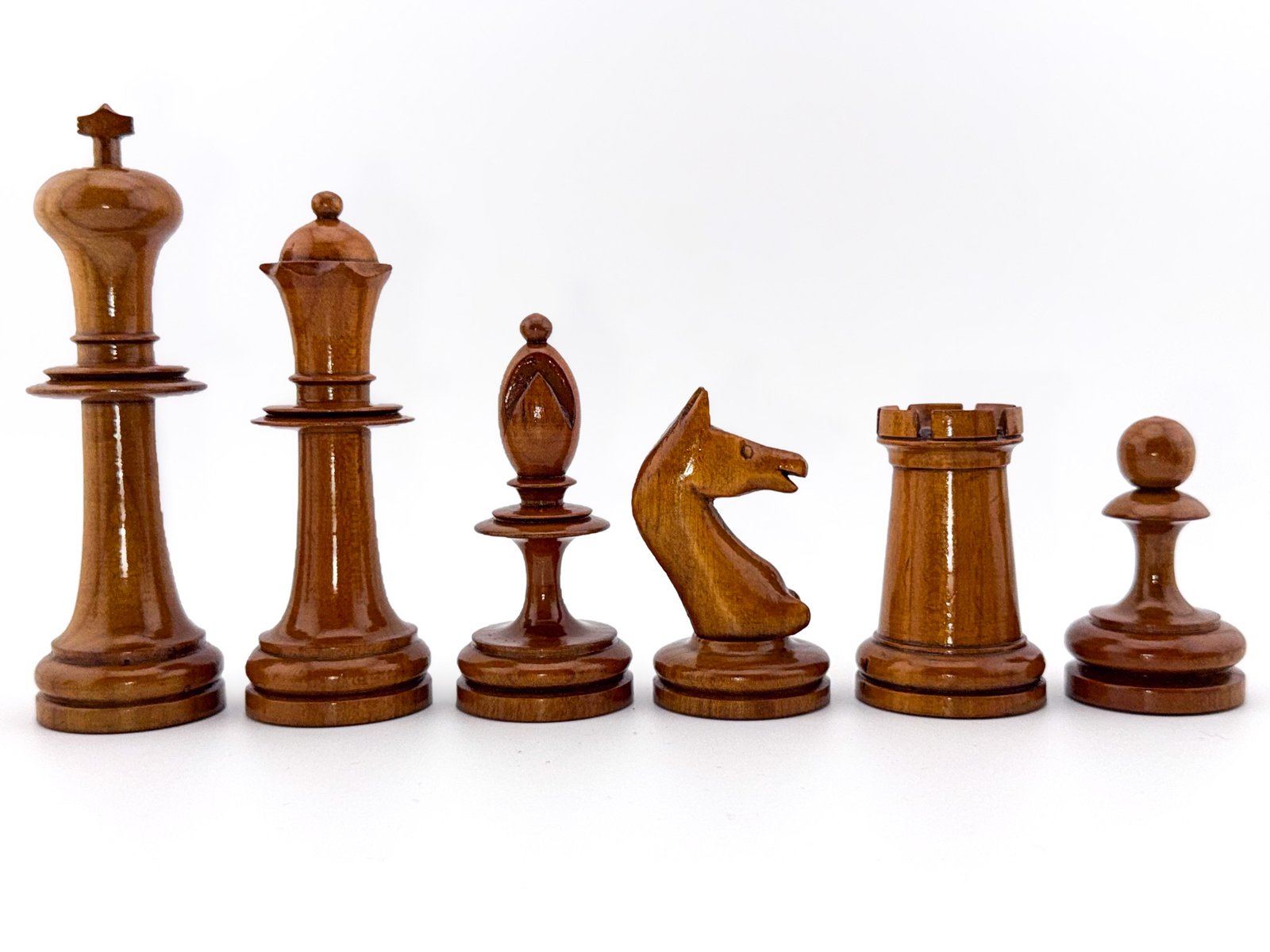
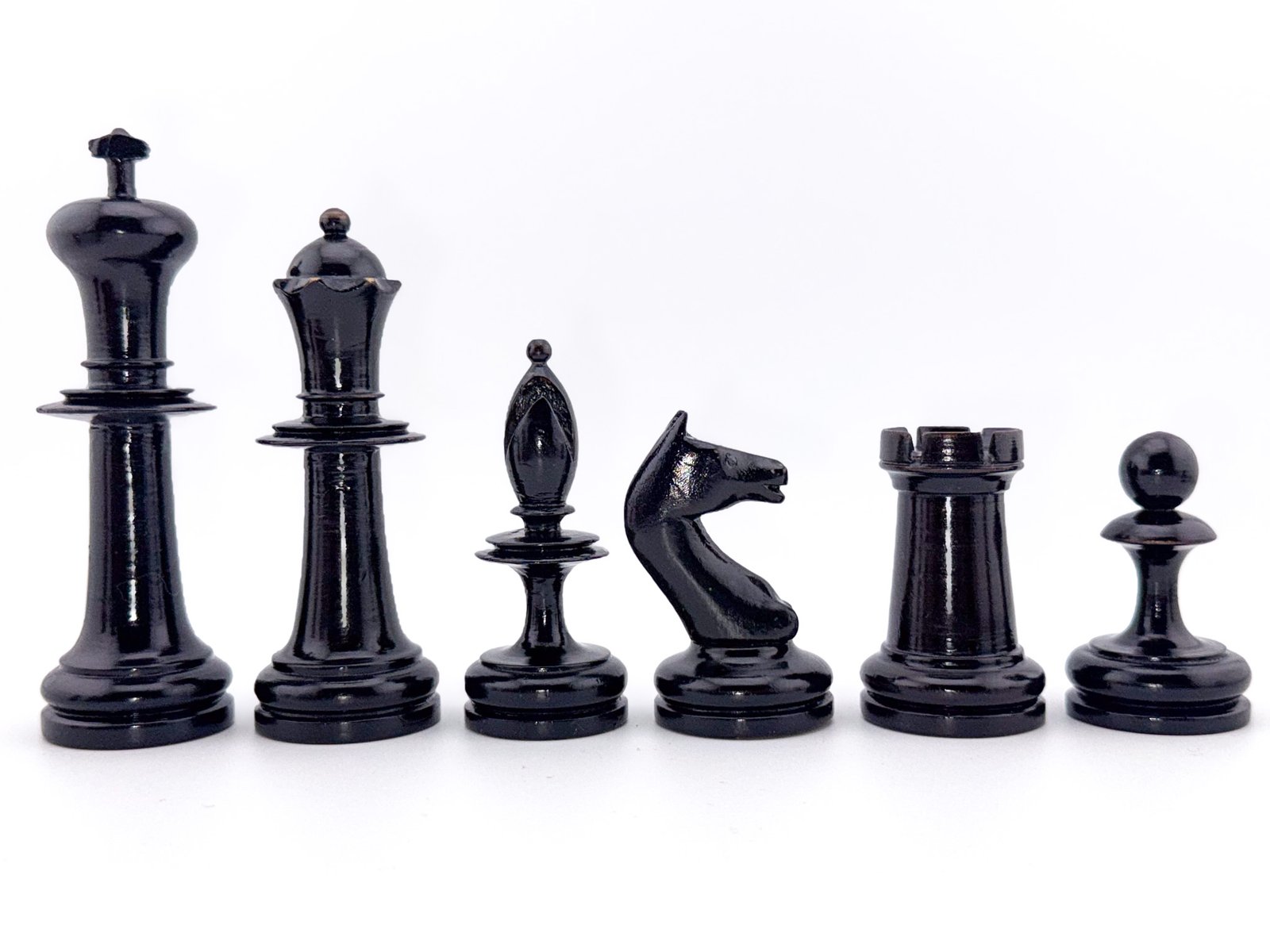
What they did…
The “Onion Top” chess sets, named for the distinctive onion-like shape of the kings’ crowns, trace their origins to 19th and early 20th-century Europe, with a strong association to German craftsmanship. The term “Onion Top” was coined by chess historian Nicholas Lanier, who noted the resemblance of the kings’ rounded, bulbous crowns to the onion-domed architecture prevalent in Bavaria and southern Germany. This architectural style, seen in landmarks like the Frauenkirche in Munich, likely inspired the design, suggesting a cultural link to the region.
While some collectors have speculated that these sets might have originated in Austria—due to their occasional resemblance to Austrian “Coffee House” sets—there’s little concrete evidence to support this. Instead, the design features, such as the rounded crowns and specific carving styles, align more closely with German chess sets from the same period. The sets typically feature wooden pieces, often with one side ebonized, and are unweighted, with kings ranging from about 9.75 cm to 11.75 cm in height. A notable variation includes knights made of papier-mâché or composite materials, adding to their unique character.
These sets are believed to have been crafted primarily in southern Germany, possibly in regions like Bavaria, known for their woodworking traditions. The lack of definitive records makes it challenging to pinpoint an exact location, but the stylistic parallels with German sets and Lanier’s consistent attribution to Germany provide a compelling case. They gained some fame through a photograph of chess grandmaster José Raúl Capablanca playing with a similar set alongside German publisher Bernhard Kagan, further cementing their historical presence in German chess culture.
In summary, Onion Top chess sets likely originated in southern Germany, inspired by local architectural motifs, and were crafted there during the 19th and early 20th centuries, reflecting the region’s artisanal heritage.
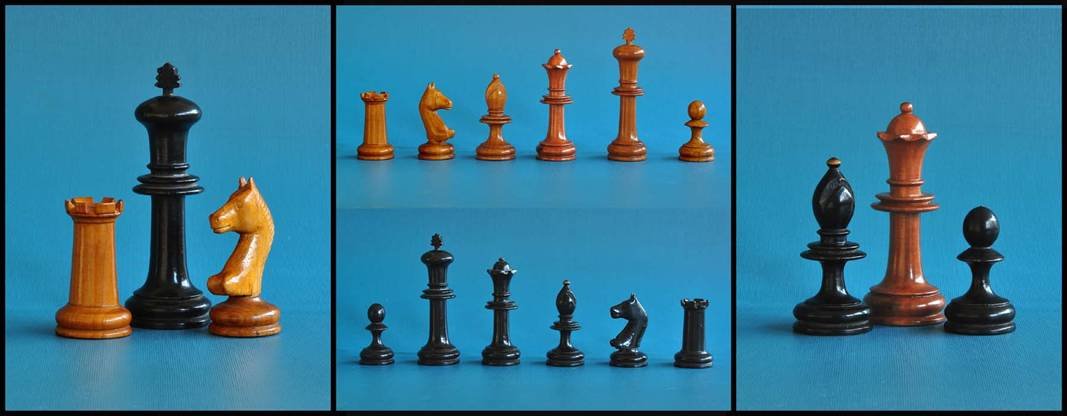
My opinion of this design…
The Onion Top chess set is a delightful gem for any chess collector. Its distinctive kings, crowned with those charming, bulbous tops, bring a touch of whimsy and historical flair to every match. Crafted in southern Germany, the set showcases the region’s renowned woodworking prowess, with each piece exuding a rustic elegance that feels both timeless and unique. The knights, fashioned from wood and not papier-mâché or composite materials, add an unexpected twist, making every move a tactile pleasure.
What I love most is how it balances tradition with personality—the unweighted wooden pieces, often featuring one ebonized side, offer a satisfying simplicity, while the kings’ heights give the board a stately presence. It’s easy to imagine chess legends like Capablanca pondering their next move over a set like this, as its storied past ties it to the vibrant chess culture of early 20th-century Europe. Whether you’re a player or a display aficionado, this set is a standout addition that sparks conversation and admiration with every glance.


